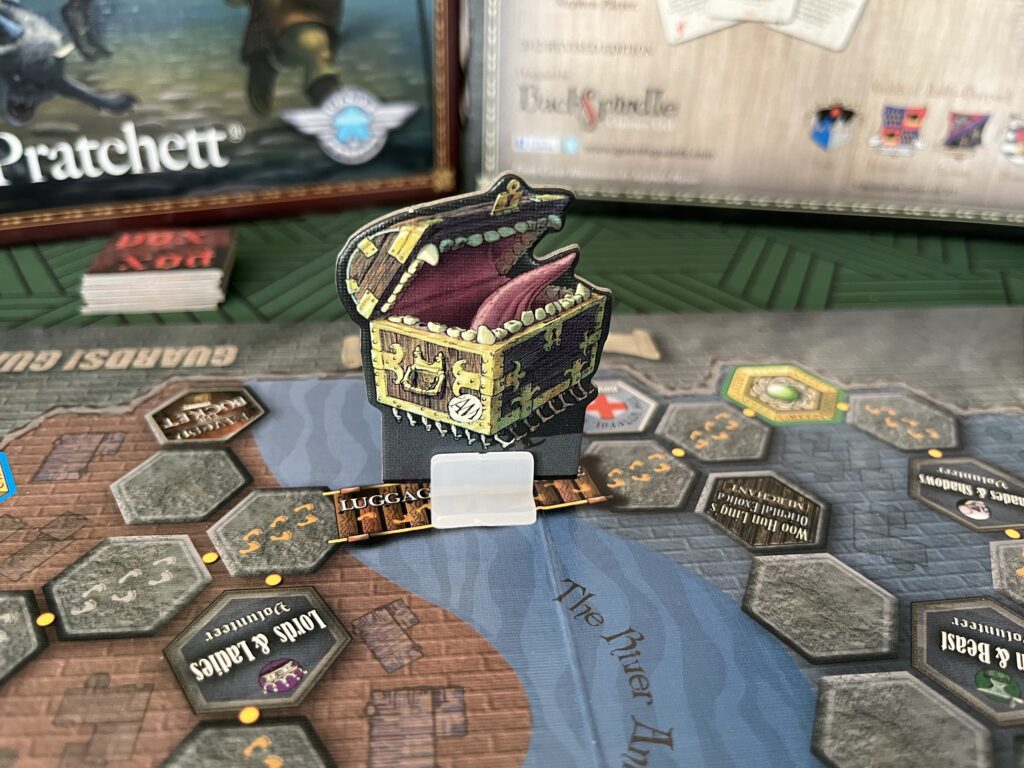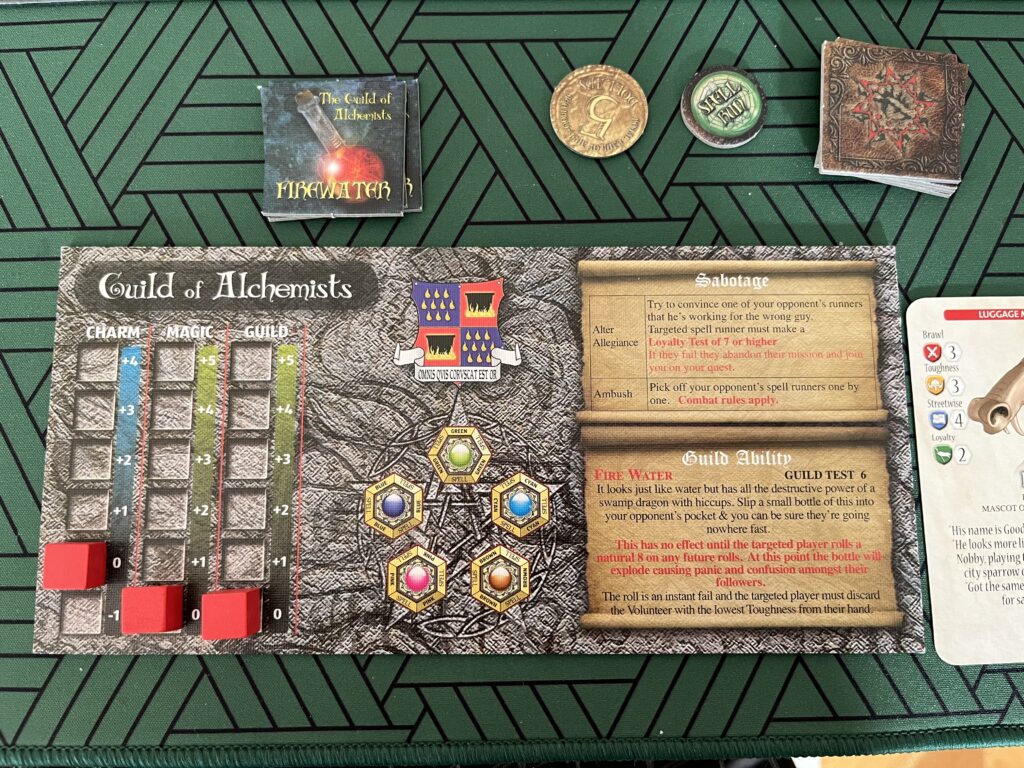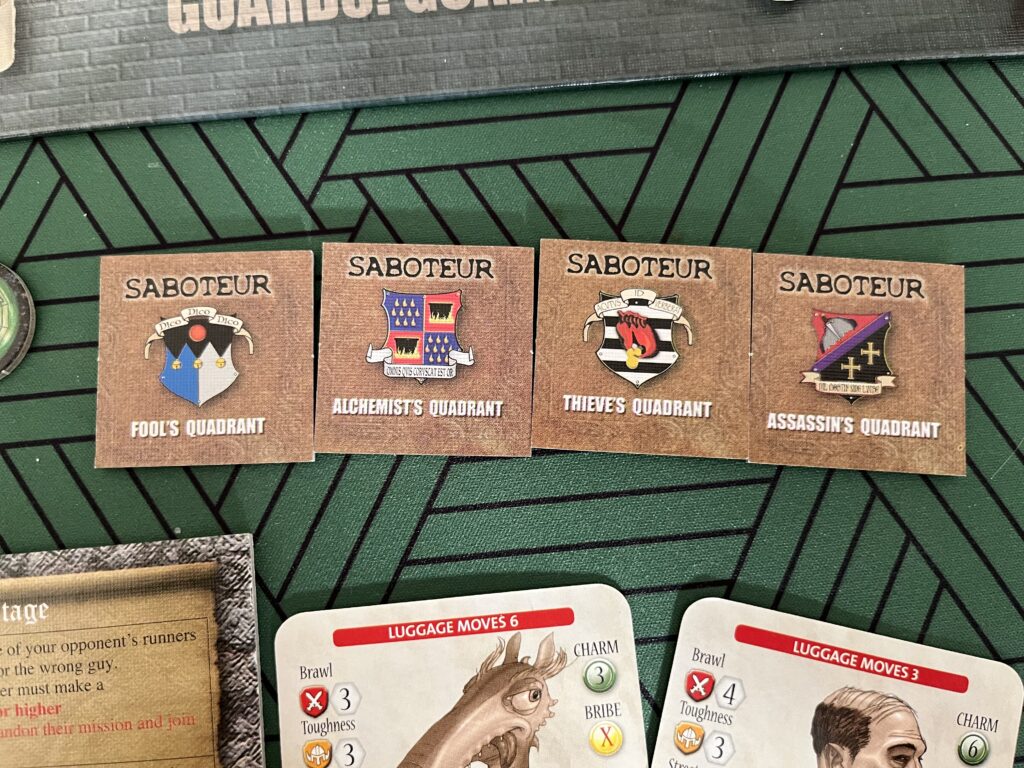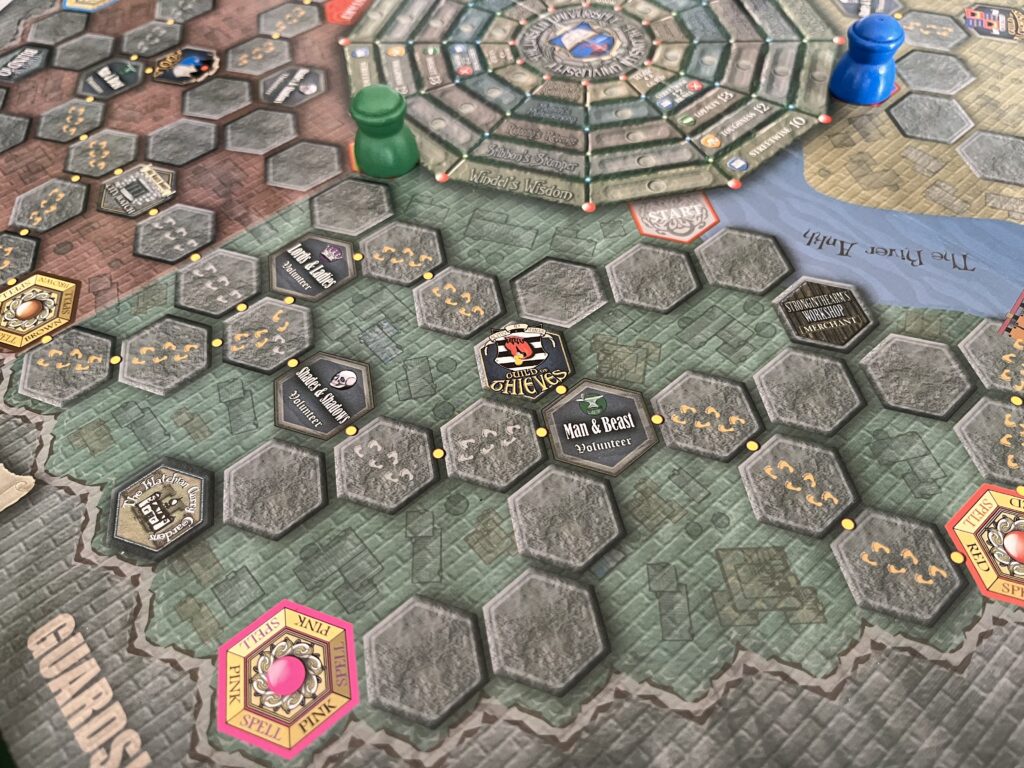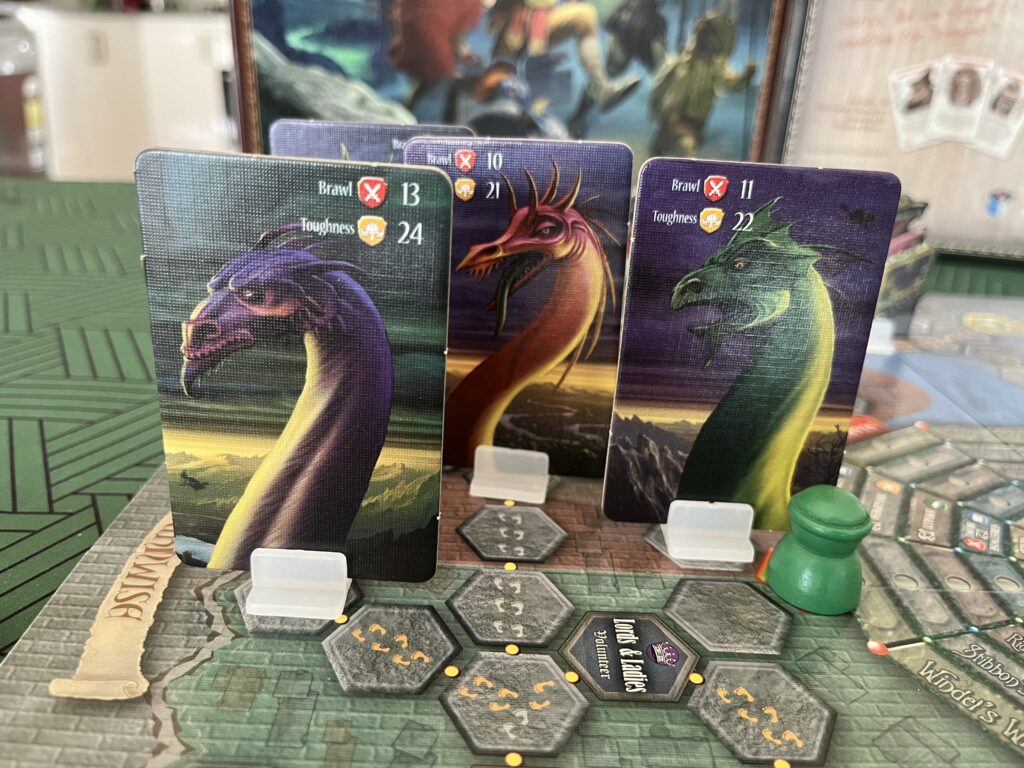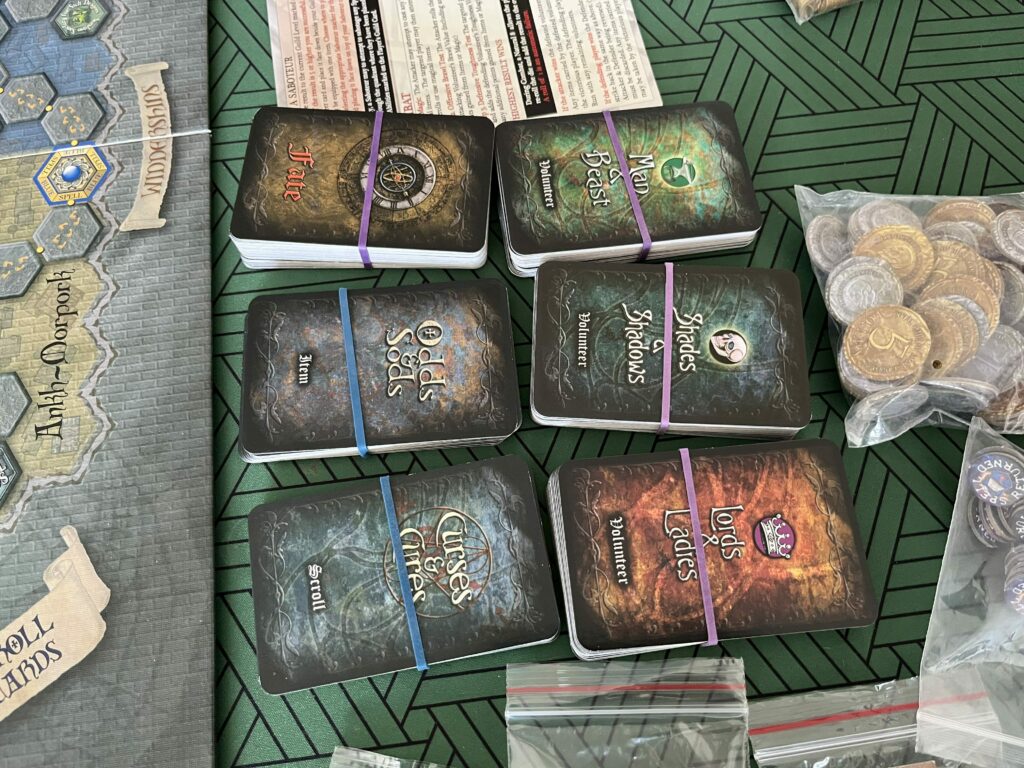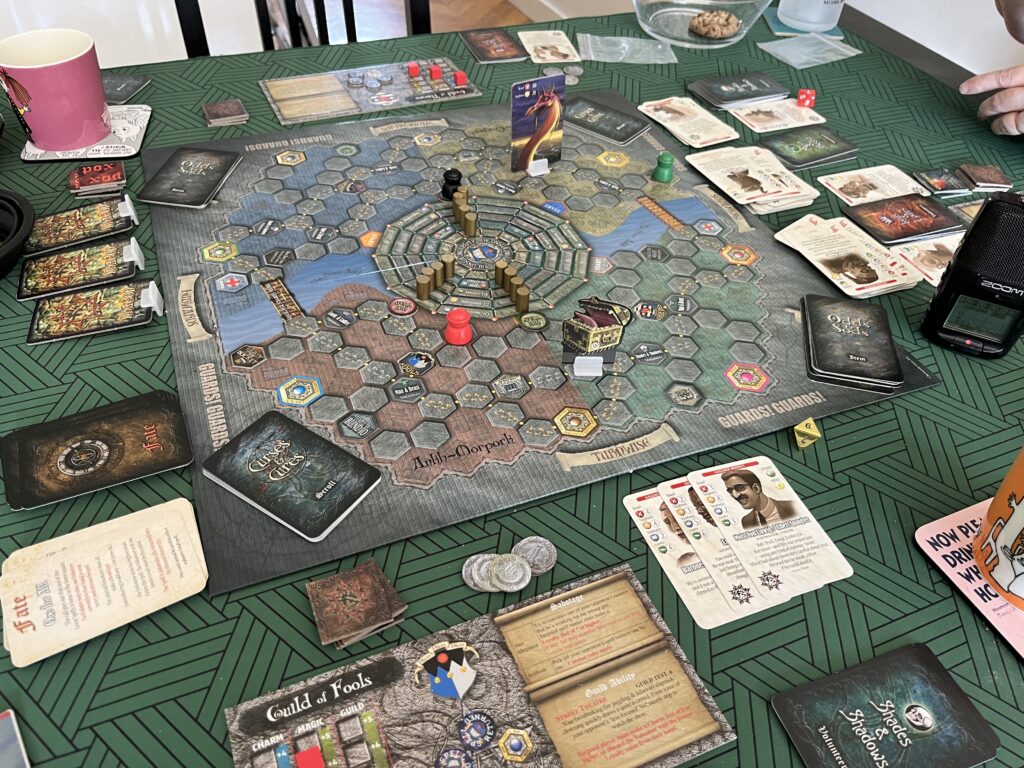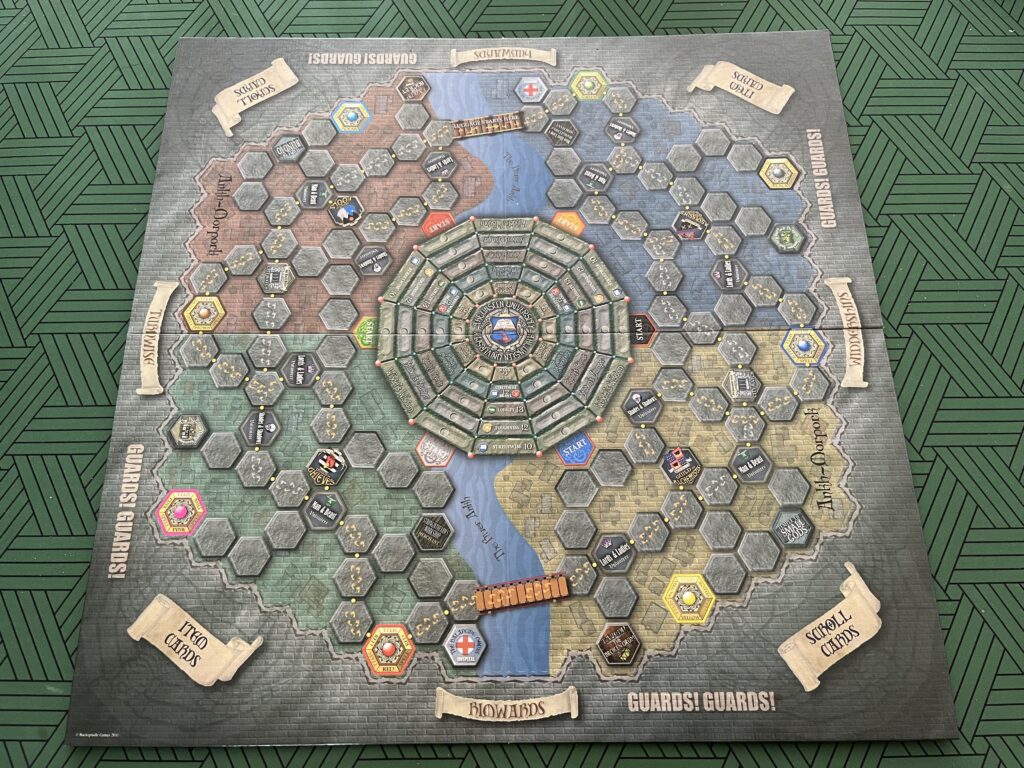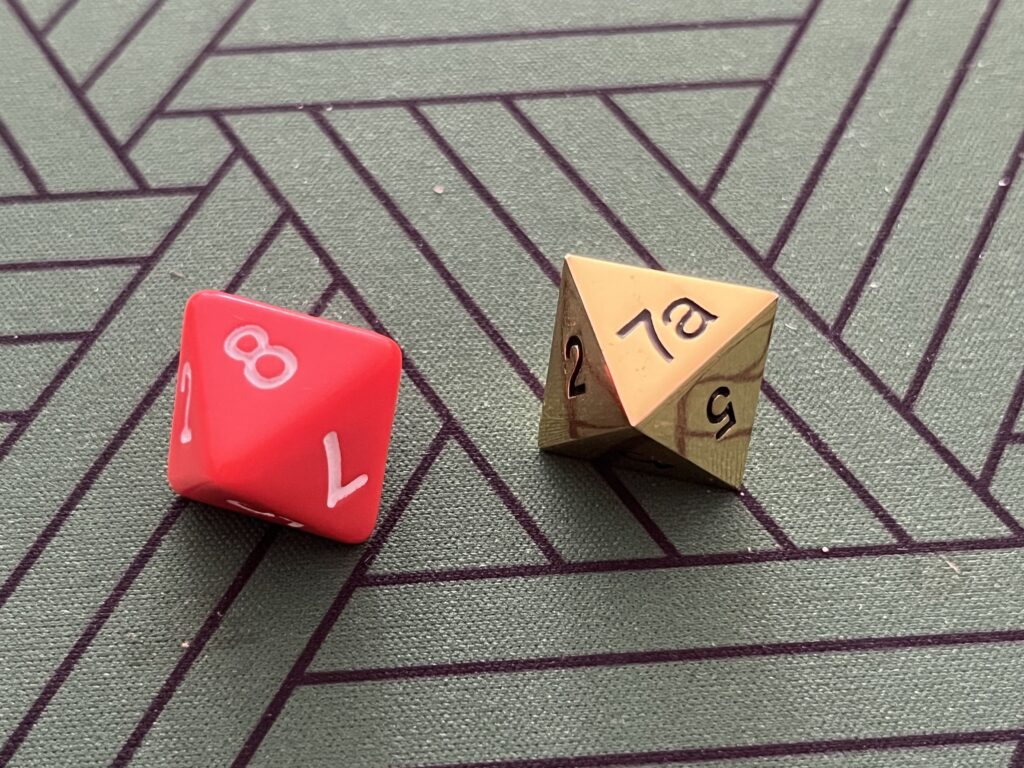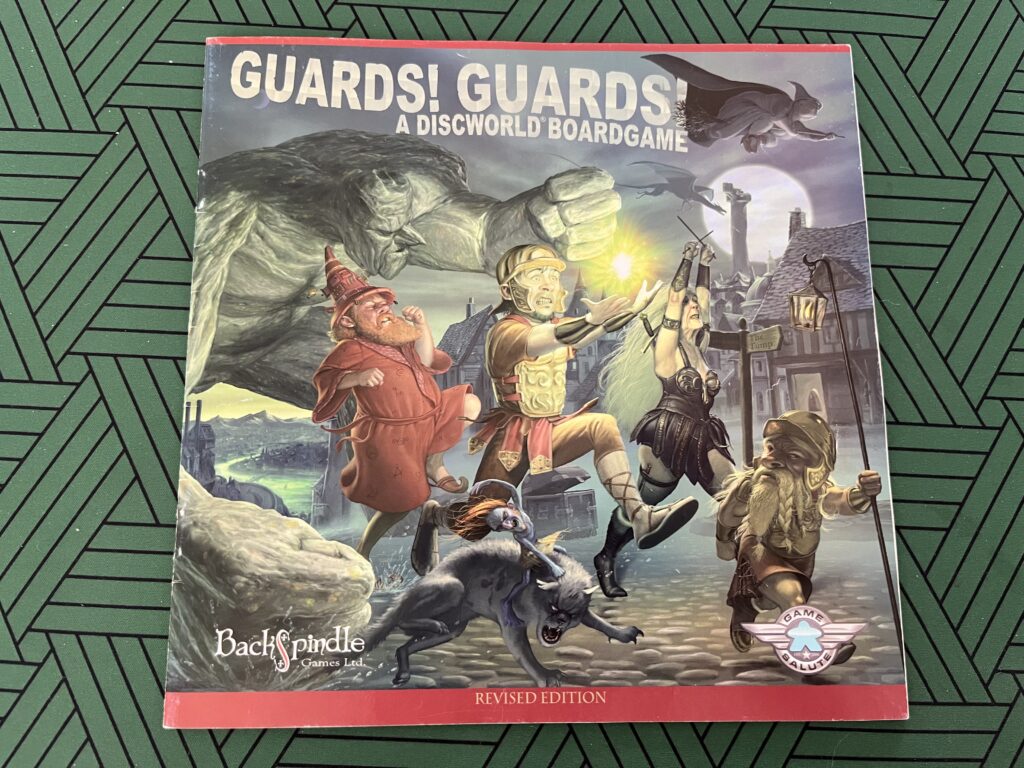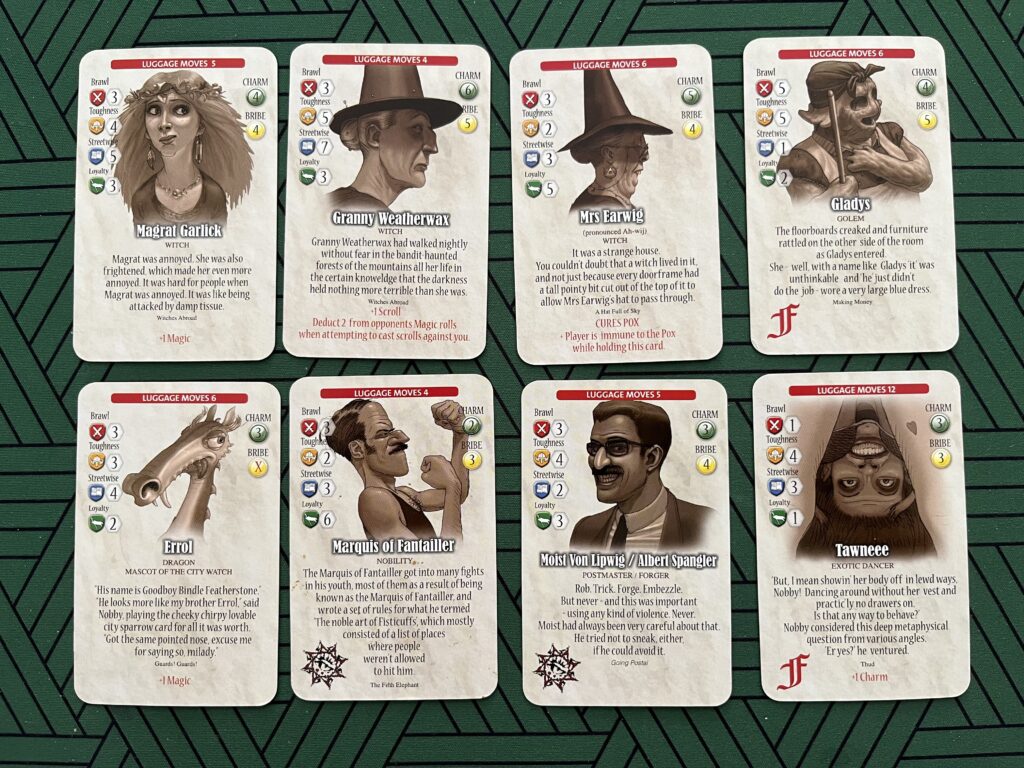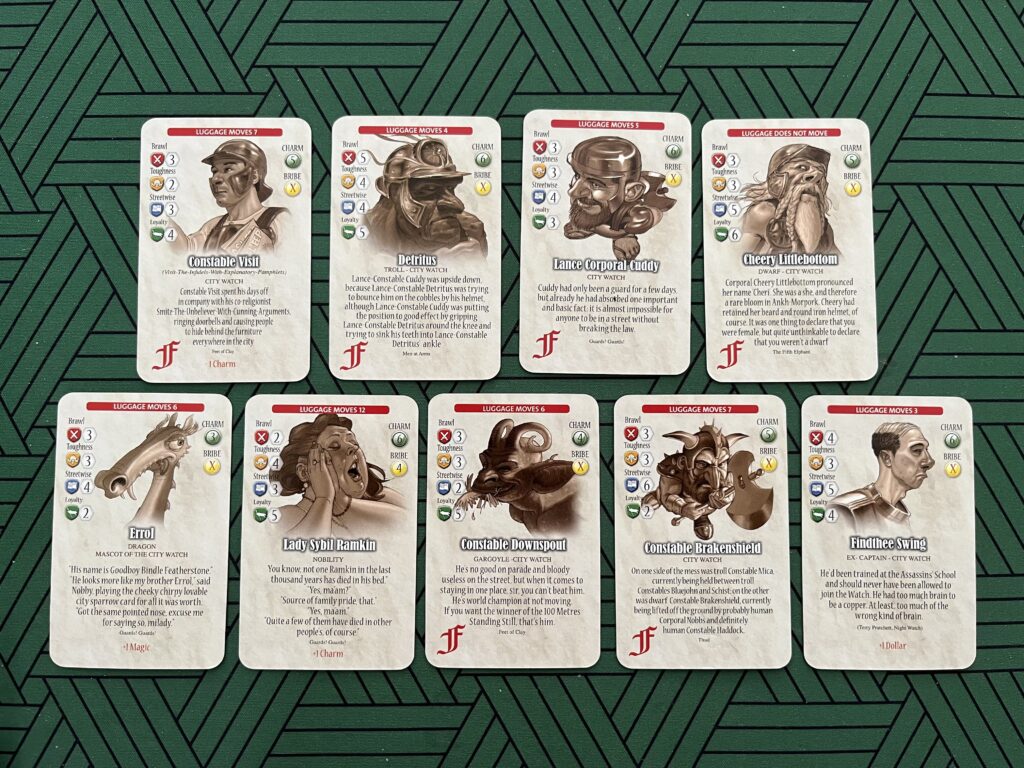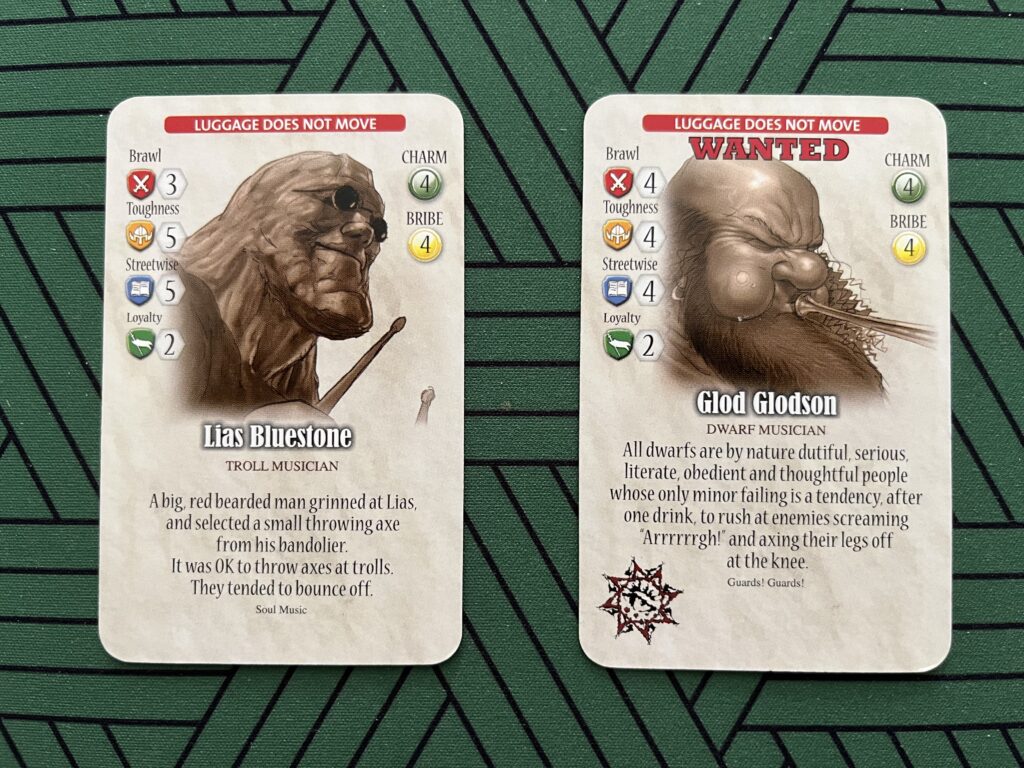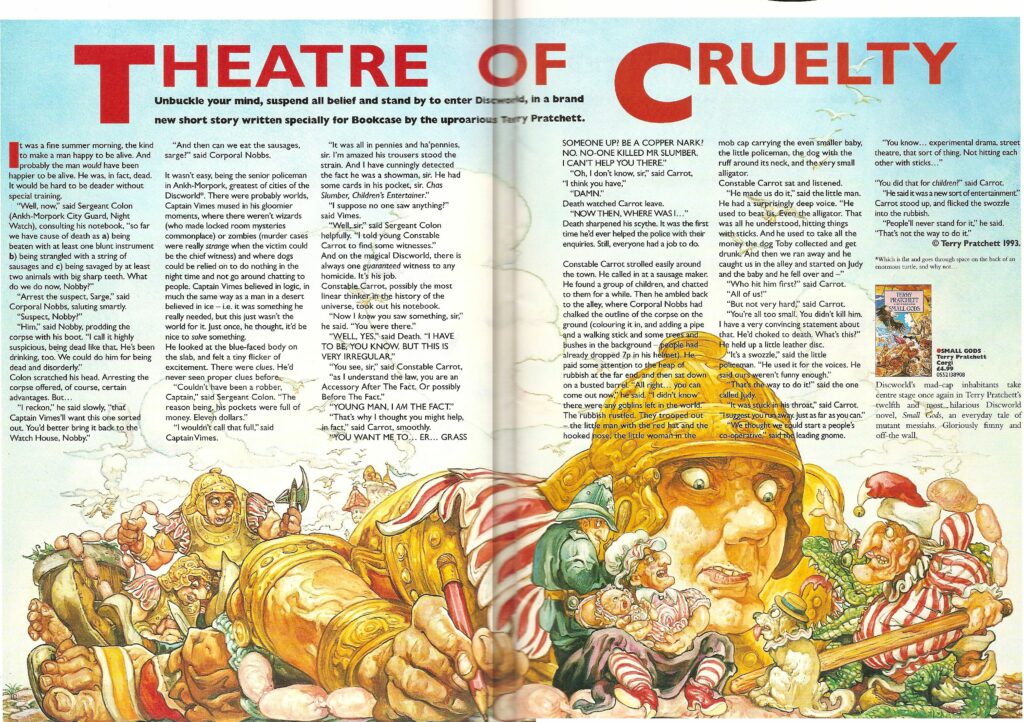#Pratchat76 Notes and Errata
These are the episode notes and errata for Pratchat episode 76, “Real Men Don’t Drink…Decaf”, discussing the 2003 standalone Discworld novel Monstrous Regiment with guest Freya Daly Sadgrove.
Iconographic Evidence
Here’s “how is prangent formed”, the most famous YouTube compilation of misspelled Yahoo Answers questions about being pregnant, from 21 October 2016. While it’s mostly a bit of fun, it’s important to remember these were all asked by real people who had real fears and worries, just no way to edit their hastily (and perhaps secretly) typed questions. The US has a lot to answer for when it comes to sex (and indeed general) education…
Here’s that Traffic Accident Commission ad we mentioned, but please be warned, it’s pretty intense (though not gory).
Notes and Errata
- The episode title is a bit of a mash-up of two ideas: first, Real Men Don’t Eat Quiche, the 1982 book by Bruce Feirstein satirising American ideas of masculinity (and which we last mentioned in our episode about The Unadulterated Cat, “The Cat in the Prat”). The second is another riff on the classic vampire line “I don’t drink…wine”, originally from the 1931 film Dracula starring Bela Lugosi (though the original line was “I never drink…wine”). Just to be clear: we don’t think there’s anything wrong with drinking decaf, or believe in the idea of a “real man”. You’re a man if you think you are; that’s how gender works.
- “Let’s Get Down to Business” is the first line of the song “I’ll Make a Man Out of You” from the 1998 Disney animated film Mulan. Mulan is an adaptation of a Chinese folk story from around the 4th to 6th centuries BCE about Hua Mulan, a young woman who disguises herself as a man to fulfil her family’s conscription obligations, saving her father from being forced to join the army. She goes on to win great battles and achieve great fame. In the film, “I’ll Make a Man Out of You” is sung by Mulan’s Captain, Li Shang (played by BD Wong, but sung by Donny Osmond!), during a training montage for Mulan and her fellow fresh recruits.
- Diana Wynne Jones (1934-2011) was a British fantasy children’s author. As one of Liz’s other favourite authors, we’ve mentioned her a lot – and one of these days we’ll do an episode or more about her books. Her most famous works include the Chrestomanci series about magical parallel universes, and Howl’s Moving Castle. The titular Howl is a mighty wizard, but the protagonist of the story is Sophie, the eldest daughter of a hat shop owner, who is cursed with old age by the Witch of the Wastes. Sophie gets a job as a cleaner for the wizard Howl, and makes a bargain with his fire demon, Calcifer, that he will restore her youth if she can free him from his contract to the wizard. It was very succesfully (if very loosely) adapted into a film by Hayao Miyazaki for Studio Ghibli in 2004.
- The panel featuring Terry Pratchett and Diana Wynne Jones was “Whose Fantasy” at the Institute of Contemporary Arts in 1988. (Ben found it after we wondered if the two were friends in #Pratchat46, “The Helen Green Preservation Society”, and we mentioned it more recently in #Pratchat72, “The Masked Dancer”). It was chaired by Neil Gaiman and also features John Harrison and Geoff Ryman.
- You can read the full text of the Daily Express review of Monstrous Regiment on Colin Smythe’s web page for the book. It opens with: “Not so long ago in a pub far, far, away Terry Pratchett announced that he had discovered an interesting fact. In the American Civil War more than 300 women had enlisted in the army dressed as men. There may have been more. These were just one ones who told people about it afterwards.”
- Questionable Content (QC for short) is a long-running webcomic written and illustrated by American-Canadian cartoonist Jeph Jacques. It started in 2003, and is a slice-of-life story about indie rock fan Martin Reed and friends, set in a slightly futuristic world where artificial intelligence and advanced cybernetics are commonplace. At the time of writing it’s had more than 5,200 instalments! Elliot is a character introduced in 2011, an employee at a bakery first visited by Martin in Comic 1,845. Like Paul Perks, he’s a big but gentle man.
- We previously met the small-but-officious Nuggan in the “illustrated Discworld fable” The Last Hero, as discussed in #Pratchat55, “Mr Doodle, the Man on the Moon”.
- For the curious, you can find a list of Abominations Unto Nuggan mentioned in this book (and elsewhere – mainly The Last Hero and The Compleat Discworld Atlas) at the L-Space Wiki.
- For reference, the members of the Monstrous Regiment are:
- Lieutenant Blouse (no first name given; later promoted to much higher rank)
- Sergeant Jack Jackrum (no other name given; later promoted to Sergeant Major)
- Corporal Strappi (later revealed to (probably?) be a Captain and a “political”)
- Private Oliver “Ozzer” Perks (Polly; later promoted to Sergeant)
- Private Maladicta (Maladict)
- Private Carborundum (Jade)
- Private Igor (Igorina)
- Private “Tonker” Halter (Magda)
- Private “Shufti” Manickle (Betty)
- Private “Wazzer” Goom (Alice)
- Private “Lofty” Tewt (Tilda)
- Ben gives a short account of The First Blast of the Trumpet Against the Monstruous Regiment of Women in the footnote, but if you want to read it, the full text is available via Project Goodmountain – er, Gutenberg.
- We first heard about Terry Pratchett’s 2014 interview at the Wheeler Centre during the recording of #Pratchat26, “The Long Dark Mr Teatime of the Soul“ – our guest, Michael Williams, was director of the Centre at the time, and was the interviewer for the event. His story about making a faux pas – and Terry’s reaction – are included in the third episode of our subscriber bonus podcast, Ook Club. The full discussion, titled “Imagination, Not Intelligence, Made Us Human”, is available via YouTube. There’s a lot of good stuff in it! Pratchett mentions researching the history of women fighting and living as men at “a nice little place in London run by ladies who like other ladies very much indeed”; this is around the 31:30 mark.
- “Sweet Polly Oliver” (also known as “Pretty Polly Oliver”) is song #367 in the Roud folk song index. It comes from around 1840 or earlier, and the first lines are “As sweet Polly Oliver lay musing in bed / A sudden strange fancy came into her head.” As Liz mentions, in the song Polly is following her lover, whom she eventually finds promoted to Captain and wounded; the doctors give up on him, but she nurses him back to health and they get married.
- There are many other references to real protest and folk songs in the book; here are some of the folk songs:
- “The World Turned Upside Down” – a British protest song from the 1640s, railing against restrictions placed on the celebration of Christmas by the British Parliament. A long-standing but unlikely story is that it was played by the British army band when Lord Cornwallis surrendered to the Americans after the Battle of Yorktown, hence the Hamilton song “Yorktown (The World Turned Upside Down)”. (Usually the band would play a song from the victor’s nation, but supposedly George Washington refused this tradition and told them to play a British song.)
- “The Devil Shall Be My Sergeant” – a reference to “The Rogue’s March”, a song which was once traditionally played when drumming a disgraced solider out of the army. It had various sets of unofficial lyrics, many of which included the line “the Divil shall be me sergeant”. When it was no longer used officially by armies, it was played as “rough music” – yes, that was a thing on Roundworld, both in a similar sense as in I Shall Wear Midnight (see #Pratchat66, “Ol’ No Eyes is Back”), and more literally as a tune to shame followers of unpopular causes.
- “Johnny Has Gone for a Solider” – an Irish folk song popular during the American Revolutionary War.
- “The Girl I Left Behind Me” – Roud index #262, also known as “The Girl I Left Behind”. This is an English folk song from Elizabethan times, traditionally sung when soldiers marched off to war or a naval vessel set sail. It’s also the source of the lyric “Her golden hair in ringlets fair” which Igor quotes when coming up with excuses for Polly to have her old hair in her bag.
- “Lisbon” or “William and Nancy” or “William and Polly” – #551 in the Roud index, this is possibly the song that Jackrum mentions when explaining the “Cheesemongers” nickname, which begins with the line “’Twas on a Monday morning, all in the month of May”. It’s sung by a sailor, William, who’s about to sail for Lisbon, and is leaving his pregnant lover, Nancy or Polly, behind. Nancy writes back to him saying she’ll disguise herself as a man so she can sail with him and save him from the terrors of the navy. The rest of the song doesn’t really match Jackrum’s description, which mashes up a whole lot of different bawdy folk tunes. There’s also “Dashing Away With the Smoothing Iron”, #869 in the Roud index, which begins with the first half of the line; it’s about a man repeatedly admiring a woman while she’s doing her ironing, and was the inspiration for Flanders and Swann’s “The Gas-Man Cometh”.
- We read The Last Continent way back in 2020 in #Pratchat29, “Great Rimward Land”. The Last Continent is the twenty-second Discworld book, published in 1998, nine books and four years and four months before Monstrous Regiment. (Pratchett was still publishing two books a year at the time.)
- Traditionally, tailors do indeed ask if gentlemen “dress to the left or right”, but stories conflict over whether this is because they intend to make said gentleman’s trousers more roomy on that side, or whether they just ask to avoid any awkward moments while taking inside leg measurements.
- There have been many Roundworld equivalents of the Nugganite Working Girl Schools; some of the most infamous were the Magdalene Laundries run by the Catholic Church in Ireland. These were filled with so-called “fallen women” – mostly, but not exclusively, sex workers and pregnant girls – who were forced to work for free and suffered abuse at the hands of the staff.
- Indulgences are a practice of the Catholic church. Ben is referring to “full indulgence”, a complete forgiveness for all sins offered to Crusaders, but regular indulgences are the reason for the minor penances of saying a number of “Hail Mary”s in order to be forgiven for sins confessed. When they were introduced the idea was that previous Catholics had lived such perfect lives that there’s a “treasury of merit” within the church, allowing them to give out lesser penances than the older, much harsher ones.
- Ogres having layers is a reference to the 2001 DreamWorks animated film Shrek, in which the titular ogre (played by Mike Myers with a Scottish accent) explains to a talking Donkey (played by Eddie Murphy) that he’s not just the awful smelly monster that everyone assumes: “Ogres are like onions. They have layers. You peel them back and you find something else.” The film is (very loosely) based on a 1990 picture book by William Steig.
- Maladict’s hallucinations make many general references to the tropes of Vietnam War films, but the main specific one we could spot was from Stanley Kubrick’s Full Metal Jacket (1987). In the film, the character Joker (played by Matthew Modine) writes “BORN TO KILL” on his hat, which matches the undead Maladict’s “BORN TO DIE”.
- Matchbox Twenty are an American rock band from Orlando, Florida, fronted by singer and keyboard player Rob Thomas. Their debut 1996 post-grunge album Yourself or Somebody Like You was a massive hit, including the song “Push”, most recently seen being sung by various versions of Ken in the 2023 movie Barbie.
- Blink-182 are a Californian rock band formed in 1992 whose third album, Enema of the State (1999), was probably their biggest success, with the singles “What’s My Age Again?” and “All the Small Things” doing well in many English-speaking countries at the time.
- We last spoke of Danger 5 in #Pratchat52, “A Near-Watch Experience”. Created for SBS in 2012, Danger 5 is an action-comedy from the Australian comedy team Dinosaur. The first season is a parody of old school “men’s adventure” magazines and TV shows, with the titular “Danger 5” team repeatedly thwarting (though failing to capture or kill) Adolf Hitler in an absurd 1960s version of World War II. The second season from 2015 moves the team, Hitler and the target of their parody into the 1980s. You might still find it on Blu-Ray or DVD if you’re lucky; it was released by Madman Entertainment, but isn’t widely available. It was on Netflix in several territories for a while, but not any more; you can at least find clips, cast commentaries and even the prequel episode “The Diamond Girls” on the Dinosaur YouTube channel. In 2020 there was a new “Only on Audible” podcast series, Danger 5: Stereo Adventures. Dinosaur, or at least some of their creative team, have since created the animated series Koala Man for Hulu (it’s on Disney+ in Australia).
A few more notes coming soon!
Thanks for reading our notes! If we missed anything, or you have questions, please let us know.


